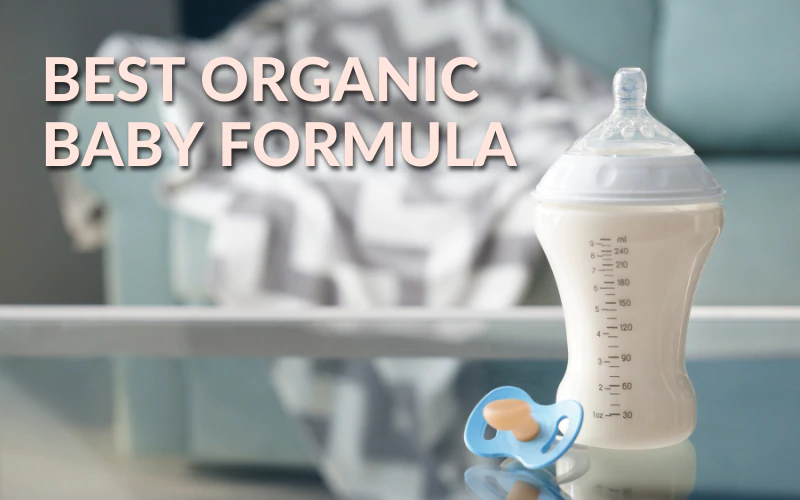For many parents, the idea of organic and natural ingredients is enough to make their mouths water. But what does this really mean? What makes European formula better than American options on shelves nowadays…the answers may be found in Europe! The Commission for Food Safety & Nutrition has created an easy-to-read document that breaks down all kinds or meats used by various countries across the globe; including those loved by Americans like Butterworths (Butter).
What is Required in an Infant Formula?
formulas must closely mimic the composition of breast milk in order to provide a safe and healthy option that will promote infant growth. The European Commission has both maximums (calories) as well minimum requirements for energy, macronutrients like protein or carbohydrates, and microns including Vitamin B6-which helps support nerve function among other things! In addition, they require certain important vitamins such as calcium D – Which helps build strong bones; folic acid prevents neural tube defects. All these ingredients work together.
Why Consider European Baby Formula:
There are a lot of different requirements for what’s included in the formula as you can see babymilkbar.com, but European Commission has stricter guidelines about which sources can be used. They also regulate additional ingredients and certifications to make sure it meets their standards perfectly.
Nutrient Sources:
All infant formulae contain carbohydrates for energy, which are primarily derived from sugars and starches. Lactose, maltose, glucose, maltodextrins, glucose syrup, pre-cooked starch, and gelatinized starch are among the carbohydrate sources permitted by the European Commission. Corn syrup and corn syrup solids, which are frequently the principal source of carbs in US baby formulae, are conspicuously absent from this list. Furthermore, the European Commission mandates that at least 30% of the carbohydrates in infant formula come from lactose, as this is the predominant carbohydrate source in breast milk. This criterion does not exist in the United States, and some US formulae include little or no lactose at all.
Required Exclusions:
The European Union requires that infant formulas contain only certain ingredients. For example, sucrose can only be used as a carbohydrate and all carbohydrate sources must first be gluten-free so they don’t cause allergies in those who might consume them (gluten intolerance has been on the rise). Additionally, fats should not come from sesame seed or cottonseed oil because these crops are known allergens themselves. Finally, there’s no room for fillers such as gums including locust tree gum which contains.
Additional Inclusions:
Many European countries are known for their goats, which provide a perfect solution to the problem of digesting cow’s milk proteins. Goat-based formulas can be easier on a baby’s tummy because they don’t contain as much lactose and often have higher nutrient levels than other types of cow milk-based drinks.
Stages:
The European Commission acknowledges that the nutritional composition of breast milk changes throughout time in order to satisfy the demands of growing children. As a result, infant formulae in Europe are “staged” to more precisely mirror what is contained in breast milk over time. European brands have three stages: stage 1 is for newborns, stage 2 is for infants who are at least 6 months old, and stage 3 is for infants who are 10 months or older (for the German region) or 12 months or older (for the British/UK and the Netherlands/Dutch regions).
Certifications:
Harvester Sons Farm is dedicated to providing you with high-quality, organic products that are safe for your family. All of our formulas contain no GMOs and have been independently tested by GreenScores in Germany who ensure they meet strict European standards! We also do not use protein hydrolysates which can sometimes be found as an ingredient on some non-organic baby foods but instead use only 100% whole milk from animals raised without any artificial hormones or pesticides so we’re sure each recipe fits perfectly into this healthy lifestyle.”
Conclusion:
European formulas are better for your baby because they include more nutrients and exclusions than American ones. The nutrient composition is closer to breast milk, as well. Why choose between breast milk and formula? European ingredients are better for your baby. They offer more organic products, which means you can feel good about what goes into feeding them their first foods.
